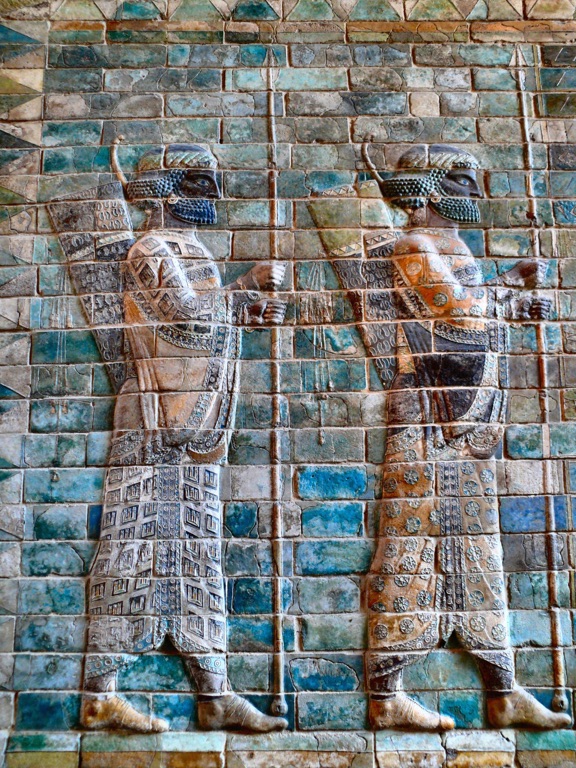Summary
The Frieze of Archers from the Palace of Darius I is a stunning piece of ancient Persian art. Crafted during the Achaemenid Empire, it features a line of royal archers, each depicted in exquisite detail. This frieze, once adorning the walls of the palace in Susa, is a testament to the grandeur of ancient Persian architecture and the skill of its artisans.
Get your dose of History via Email
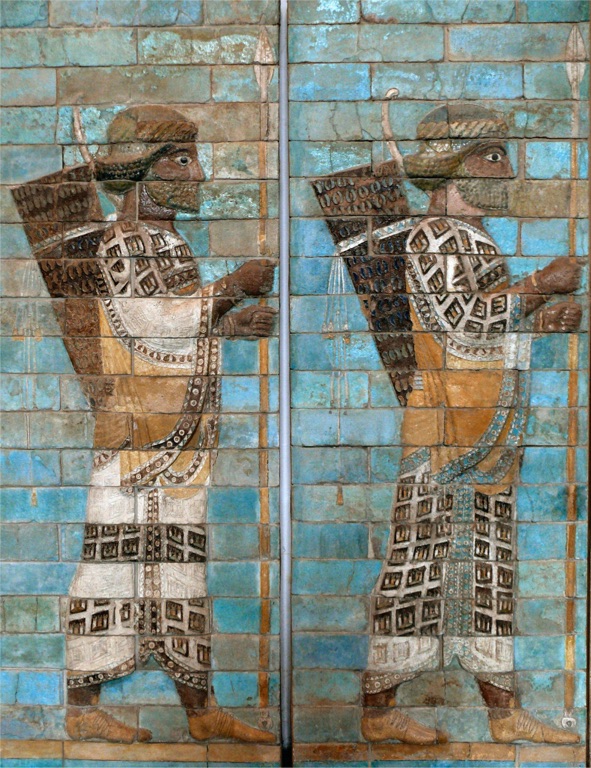
Historical Background of The Frieze of Archers from the Palace of Darius I
The Frieze of Archers hails from the reign of Darius I, who ruled the Achaemenid Empire from 522 to 486 BC. Darius I, also known as Darius the Great, was a powerful and influential ruler. His reign marked a period of significant cultural and architectural development in Persia.
The frieze was originally located in the Apadana, the audience hall of Darius’s palace in Susa. Susa, one of the oldest cities in the world, was an important cultural and political center of the Achaemenid Empire. The palace, built by Darius I, was a symbol of his power and prestige.
The Frieze of Archers is a prime example of the Achaemenid style of art. This style is characterized by its detailed depiction of figures, often in a processional format. The frieze depicts a line of archers, each in a uniform of scalloped robes and armed with a bow and arrow.
The frieze was discovered during the late 19th-century excavations led by French archaeologist Marcel Dieulafoy. Today, it is housed in the Louvre Museum in Paris, where it continues to captivate visitors with its intricate details and historical significance.
The Frieze of Archers not only provides a glimpse into the grandeur of Darius’s reign but also serves as a testament to the artistic prowess of the Achaemenid Empire.
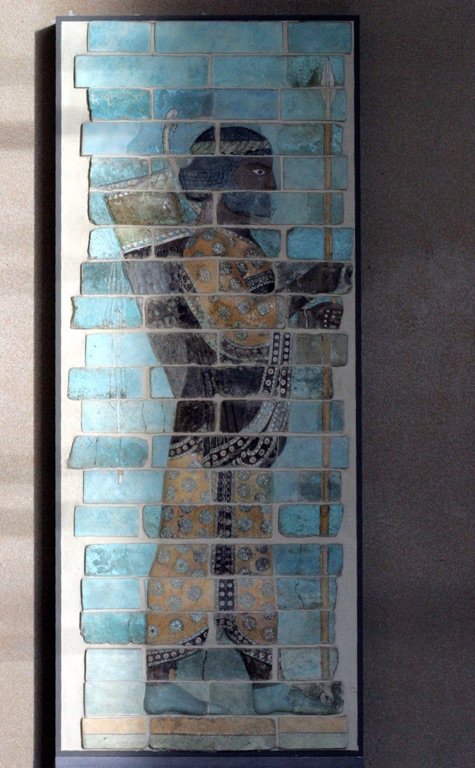
Architectural Highlights/About the Artifact
The Frieze of Archers is a stunning piece of bas-relief, a type of sculpture where the figures are raised slightly from the background. The frieze measures approximately 5.6 meters in length and is made of glazed siliceous bricks.
The frieze depicts a procession of archers, each in a uniform of scalloped robes. The archers are shown in profile, each holding a bow in one hand and an arrow in the other. The figures are rendered with great attention to detail, from the individual feathers on the arrows to the folds of the robes.
The frieze is a prime example of the Achaemenid style of art, characterized by its detailed depiction of figures. The archers are depicted in a repetitive pattern, a common feature in Achaemenid art. This repetition creates a sense of rhythm and movement, giving the impression of a never-ending procession of archers.
The colors used in the frieze are also noteworthy. The archers are rendered in a rich palette of blues and yellows, colors that were likely achieved through the use of natural pigments. The use of color adds depth and dimension to the figures, enhancing their lifelike appearance.
The Frieze of Archers is not just an artifact; it’s a masterpiece of ancient Persian art. Its detailed depiction of the archers, the use of color, and the sense of movement it conveys all contribute to its artistic significance.
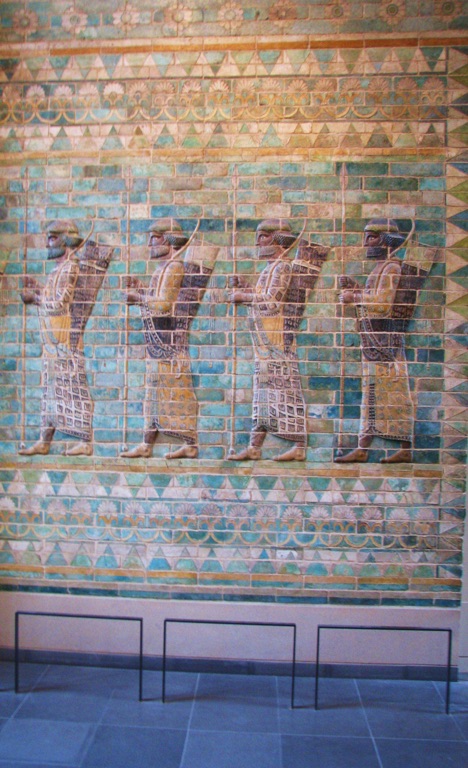
Theories and Interpretations
There are several theories and interpretations surrounding the Frieze of Archers. Some scholars believe that the frieze depicts the royal guard of Darius I, known as the “Immortals.” The Immortals were an elite group of soldiers who played a crucial role in the military successes of the Achaemenid Empire.
Others suggest that the frieze represents a ceremonial procession rather than a military one. The uniformity of the figures and their calm, composed demeanor seem to support this theory. The archers could be participating in a royal procession or a religious ceremony, both common themes in Achaemenid art.
Another interpretation focuses on the symbolic significance of the archers. In ancient Persian culture, the bow and arrow were symbols of power and authority. By depicting a line of archers, the frieze could be symbolizing the power and authority of Darius I.
Regardless of the interpretation, the Frieze of Archers provides valuable insights into the culture and society of the Achaemenid Empire. It serves as a visual record of the empire’s military strength, ceremonial practices, and artistic traditions.
As with any historical artifact, the true meaning of the Frieze of Archers may never be fully understood. However, the theories and interpretations provide a fascinating glimpse into the world of ancient Persia.
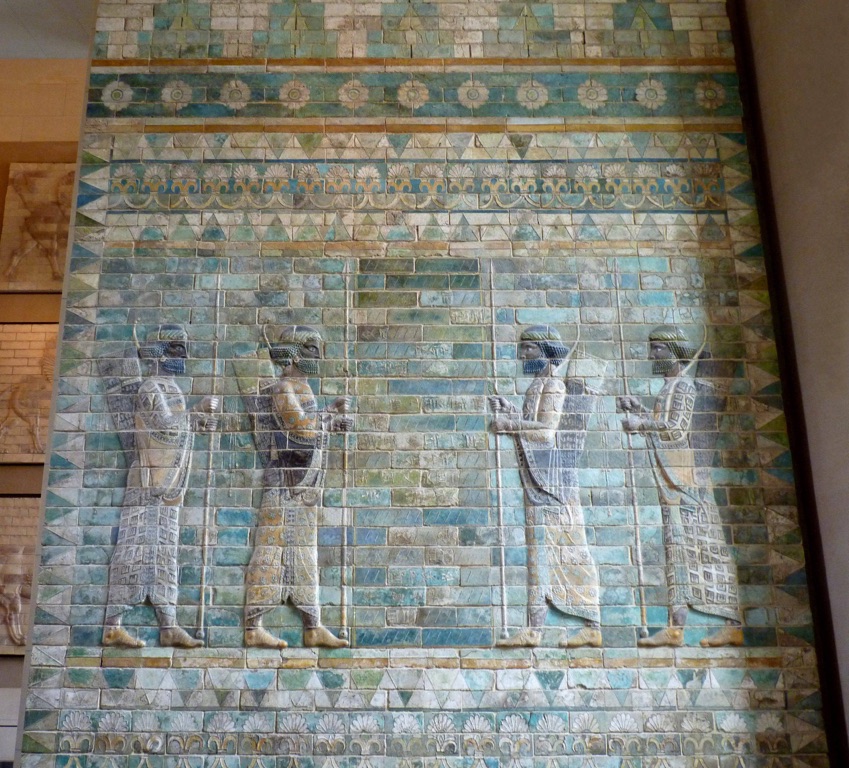
Good to know/Additional Information
While the Frieze of Archers is now housed in the Louvre Museum in Paris, its original location was the Palace of Darius I in Susa. The palace was an architectural marvel of its time, featuring grand halls, intricate reliefs, and impressive sculptures.
The frieze was discovered during the late 19th-century excavations led by French archaeologist Marcel Dieulafoy. Dieulafoy’s excavations at Susa were among the first to bring the wonders of ancient Persia to the attention of the Western world.
The Frieze of Archers is made of glazed siliceous bricks, a material that was commonly used in Achaemenid architecture. The bricks were fired at high temperatures to achieve a glossy finish, a technique that was quite advanced for its time.
The frieze is not the only artifact from the Palace of Darius I that is now in the Louvre. The museum also houses the famous “Darius Vase,” a stone vessel decorated with a relief of Darius I.
Visiting the Frieze of Archers at the Louvre is a unique opportunity to experience the grandeur of ancient Persian art. It’s a must-see for anyone interested in history, art, or architecture.
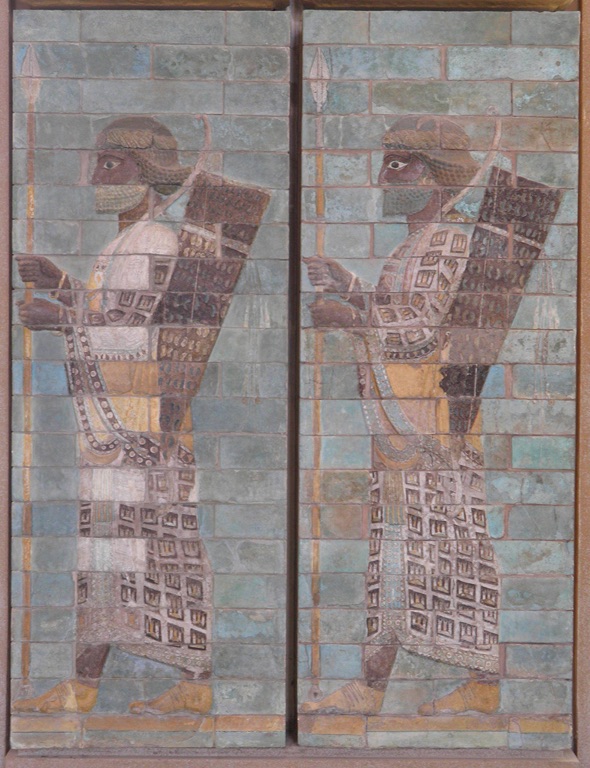
Conclusion and Sources
The Frieze of Archers from the Palace of Darius I is a remarkable piece of ancient Persian art. It provides a window into the world of the Achaemenid Empire, showcasing its artistic traditions, military strength, and cultural practices. Whether you’re a history buff, an art lover, or just a curious observer, the frieze is sure to captivate and inspire.
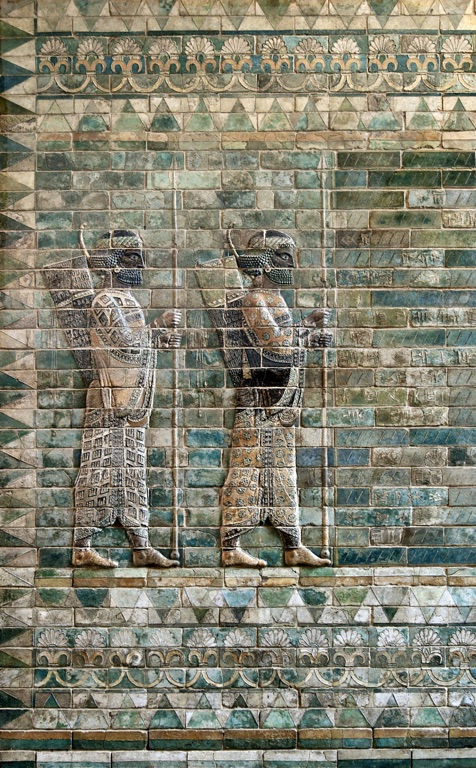
For further reading and research, here are some reputable sources:

